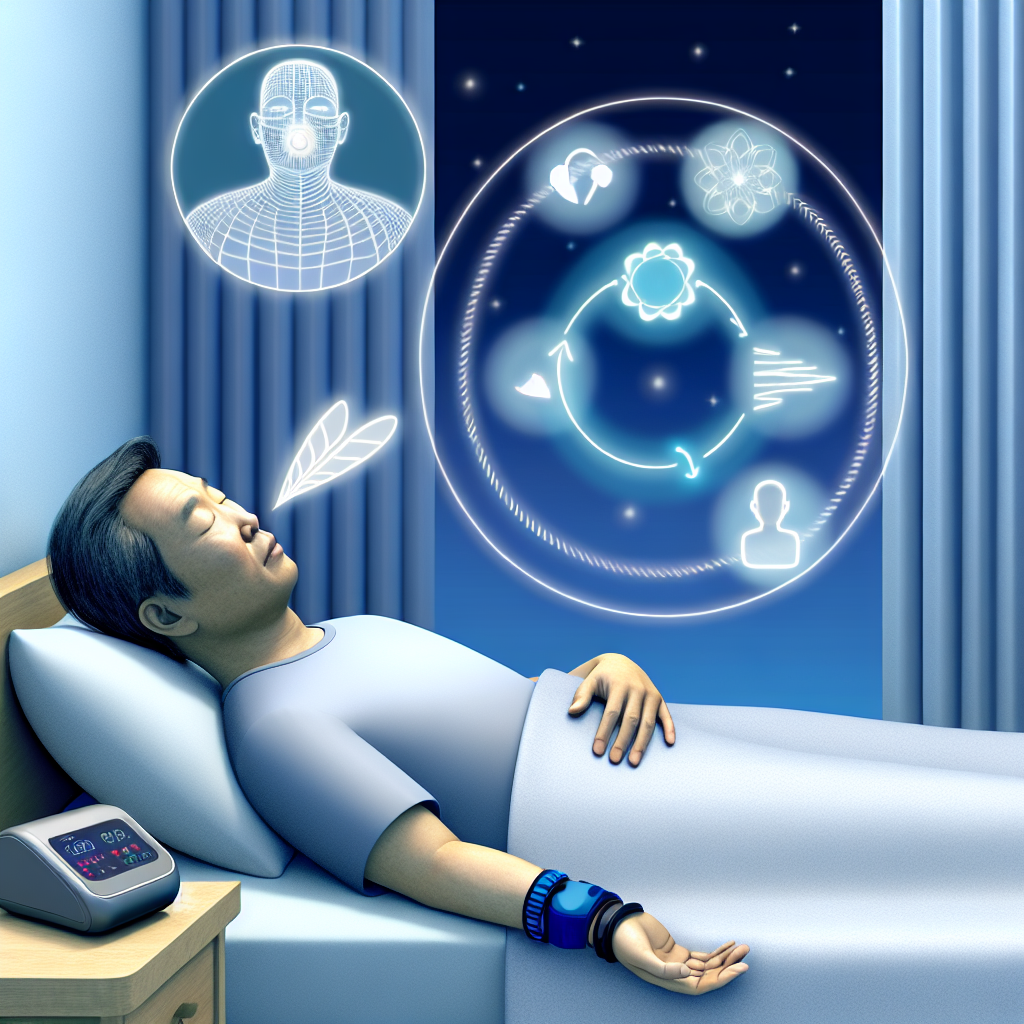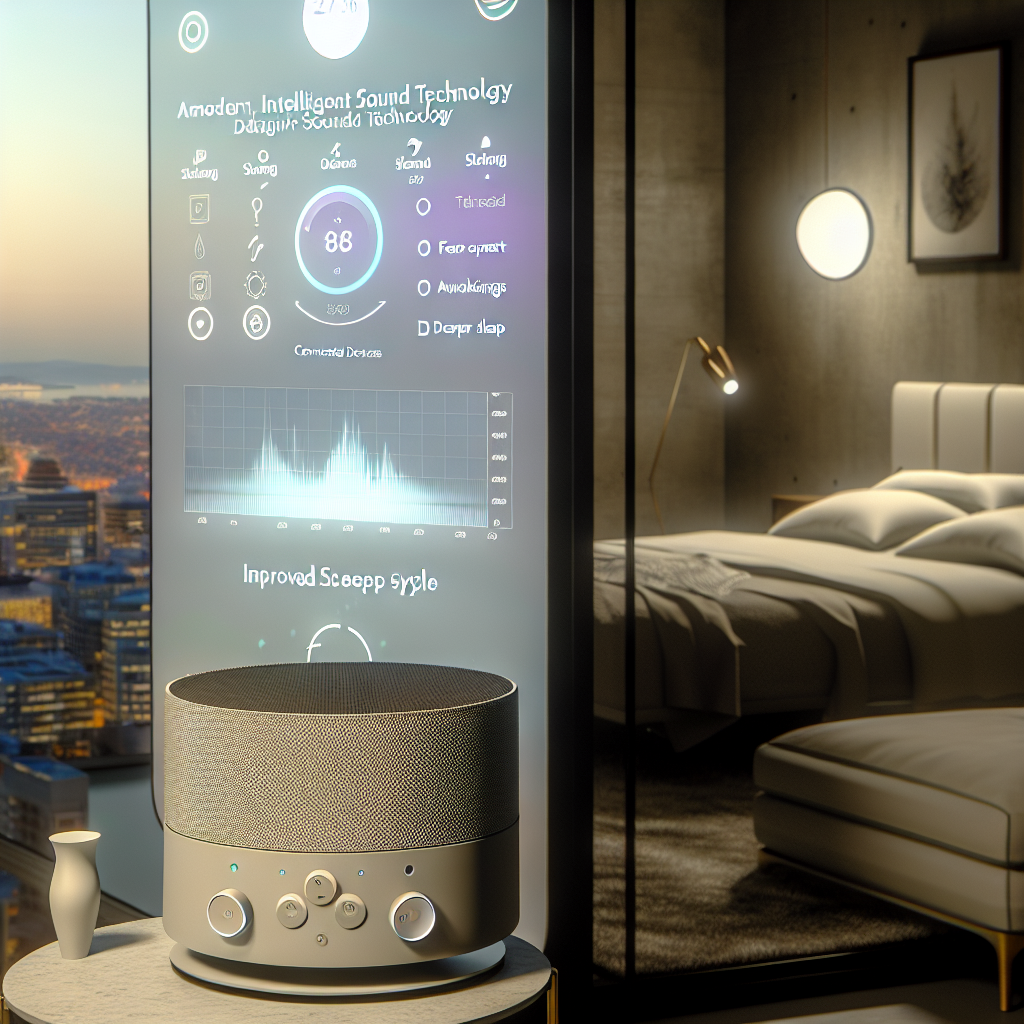Sleep Apnea Protocol – Breathing Exercises with Biofeedback Wearable
Introduction
Sleep apnea is a common yet often underdiagnosed sleep disorder affecting individuals across age groups. Characterized by repeated interruptions in breathing during sleep, these disruptions—known as apneas—can last from a few seconds to minutes, occurring as many as 30 times per hour. If left untreated, sleep apnea can increase the risk of conditions such as hypertension, heart disease, stroke, diabetes, and cognitive decline.
While CPAP therapy remains the gold standard for treating moderate to severe cases, a growing number of individuals are exploring alternative or complementary therapies to improve sleep quality and manage symptoms naturally.
One promising approach gaining momentum is the combination of therapeutic breathing exercises with biofeedback wearable technology. This method promotes relaxation, enhances respiratory efficiency, and helps train users to adopt optimal breathing patterns. Consistently practicing these exercises can strengthen the diaphragm, improve oxygenation, and reduce airway collapsibility during sleep.
Biofeedback wearables provide valuable real-time insight into metrics such as heart rate variability (HRV), respiratory rate, pulse oximetry, and sleep phases. This data empowers users to finetune their breathing techniques and monitor progress with precision.
These breathing practices draw from ancient systems like pranayama (yogic breathing) and modern techniques such as Buteyko breathing and inspiratory muscle training (IMT). These approaches emphasize diaphragmatic engagement, nasal breathing, and reduced hyperventilation—factors critical to managing sleep apnea.
With increasing interest in personalized, holistic sleep medicine, integrating wearable technology with validated breathing protocols offers a patient-centered pathway for managing mild to moderate sleep apnea and may serve as a viable option for those who cannot tolerate devices like CPAP.
Featured Research and Clinical Applications
A growing body of clinical evidence supports combining targeted breathing exercises with wearable biofeedback tools to reduce the severity of sleep apnea symptoms. These approaches not only improve respiratory strength but promote a shift toward parasympathetic dominance—vital for quality restful sleep.
A study published in the Journal of Clinical Sleep Medicine found that participants who practiced Inspiratory Muscle Training (IMT) for six weeks experienced a notable drop in their Apnea-Hypopnea Index (AHI) scores. IMT strengthens the diaphragm and accessory breathing muscles through resistance-based inhalation practices. Enhanced muscle tone helps stabilize the airway and reduce the likelihood of collapse during sleep.
Furthermore, research in Frontiers in Psychology reveals that slow, rhythmic breathing—ideally around six breaths per minute—activates the parasympathetic nervous system, reducing cortisol levels and promoting calm. Controlled breathing supports sleep onset, improves sleep architecture, and reduces night-time awakenings.
Biofeedback wearables enhance these benefits with advanced sleep-tracking metrics. Devices like the Oura Ring, WHOOP Strap, and Biostrap EVO collect continuous data on heart rate, respiratory rate, HRV, sleep stages, and even blood oxygen saturation levels. Based on these readings, users can identify patterns in their breathing and adjust techniques accordingly for better results.
According to a 2020 article in the journal Nature and Science of Sleep, wearable technology has the potential to function as a non-invasive diagnostic supplement. The ability to receive instant, ongoing feedback encourages behavior modification and serves as an early warning for deteriorating respiratory health.
Another promising method comes from research at the University of British Columbia. In a clinical trial, participants with mild to moderate OSA practiced the Buteyko breathing technique for eight weeks. Notable outcomes included decreased snoring, improved energy levels, and enhanced nasal breathing efficiency. By teaching CO₂ tolerance and minimizing over-breathing, Buteyko helps reduce symptom severity among OSA sufferers.
In some advanced wearables, users can engage in real-time breathing exercises guided by haptic feedback or auditory cues, often synchronized with optimal HRV periods. Over time, this reconditioning of habitual breathing habits supports a calmer physiological baseline, not just during sleep, but also during daytime stressors.
Integrative sleep medicine professionals are increasingly recommending these protocols, particularly for mild to moderate obstructive sleep apnea (OSA), or for individuals intolerant to CPAP therapy. While this protocol is not intended as a standalone treatment for severe OSA, it offers meaningful relief and functionality improvements for many patients.
Conclusion
Sleep apnea continues to pose a significant public health challenge, compromising quality of life, cardiovascular health, and cognitive performance. While CPAP remains essential for many, the rise of holistic, data-driven, self-empowered strategies such as breathing exercises paired with wearable biofeedback technology is reshaping how we approach sleep health.
This integrative method encourages strengthening the respiratory system naturally while offering real-time feedback through wearable devices. The ability to track progress, set goals, and fine-tune techniques fosters long-term engagement and self-efficacy.
More than just a treatment for symptoms, this protocol supports emotional balance, reduced stress, and overall wellbeing—making it a powerful complement to traditional therapies. As wearable technology advances and validation through research continues, this integrated approach may become a cornerstone in the evolving landscape of sleep medicine.
Concise Summary
A new integrative protocol for managing sleep apnea combines therapeutic breathing exercises with wearable biofeedback technology. This dual approach strengthens the respiratory muscles, stabilizes airways, and improves sleep quality. Clinical studies support techniques like inspiratory muscle training and Buteyko breathing, showing significant reductions in apnea symptoms and better energy levels. Wearable devices like the Oura Ring and WHOOP provide real-time insights into breathing patterns, HRV, and oxygen saturation, helping users refine their technique. Especially effective for mild-to-moderate OSA or CPAP-intolerant individuals, this method empowers patients by providing a natural, data-driven alternative to improve sleep health.
References
– Journal of Clinical Sleep Medicine – Respiratory muscle training and sleep apnea
– Frontiers in Psychology – Effects of breathing techniques on parasympathetic activation
– Nature and Science of Sleep – Wearable monitoring in sleep health
– ClinicalTrials.gov – Buteyko Breathing and mild/moderate OSA study
– AASM – Understanding sleep apnea

Dominic E. is a passionate filmmaker navigating the exciting intersection of art and science. By day, he delves into the complexities of the human body as a full-time medical writer, meticulously translating intricate medical concepts into accessible and engaging narratives. By night, he explores the boundless realm of cinematic storytelling, crafting narratives that evoke emotion and challenge perspectives.
Film Student and Full-time Medical Writer for ContentVendor.com




